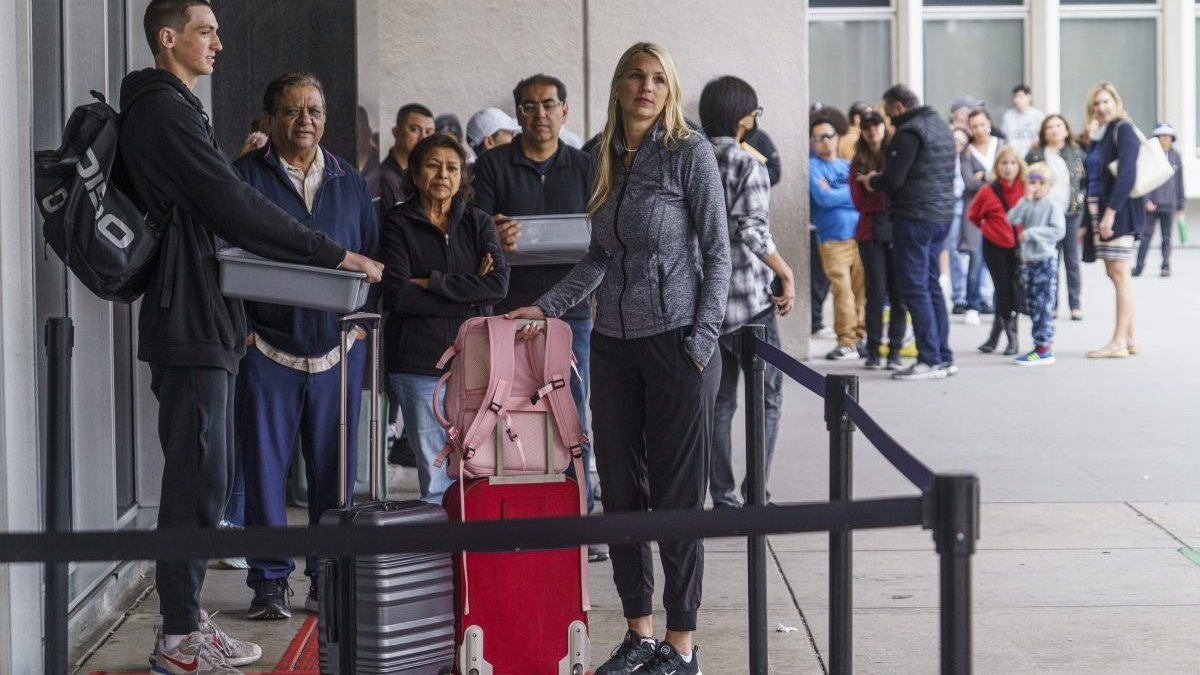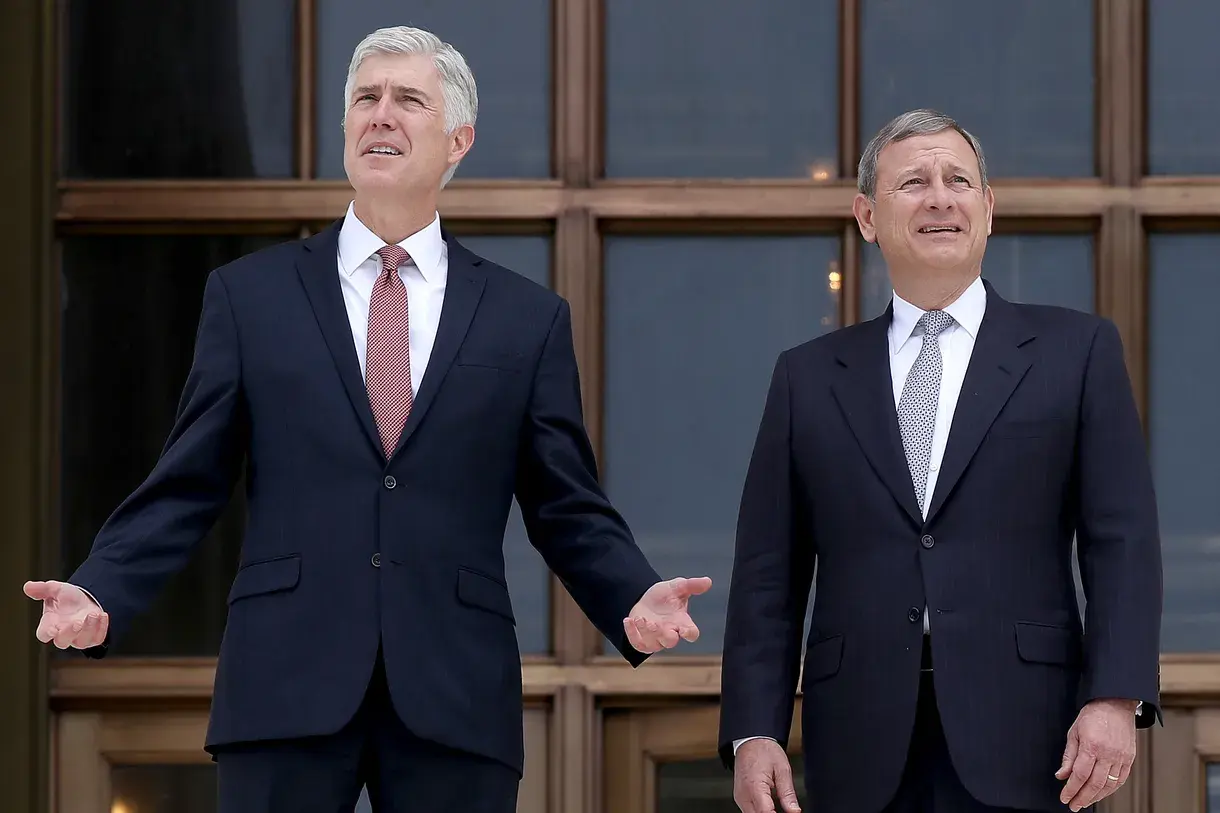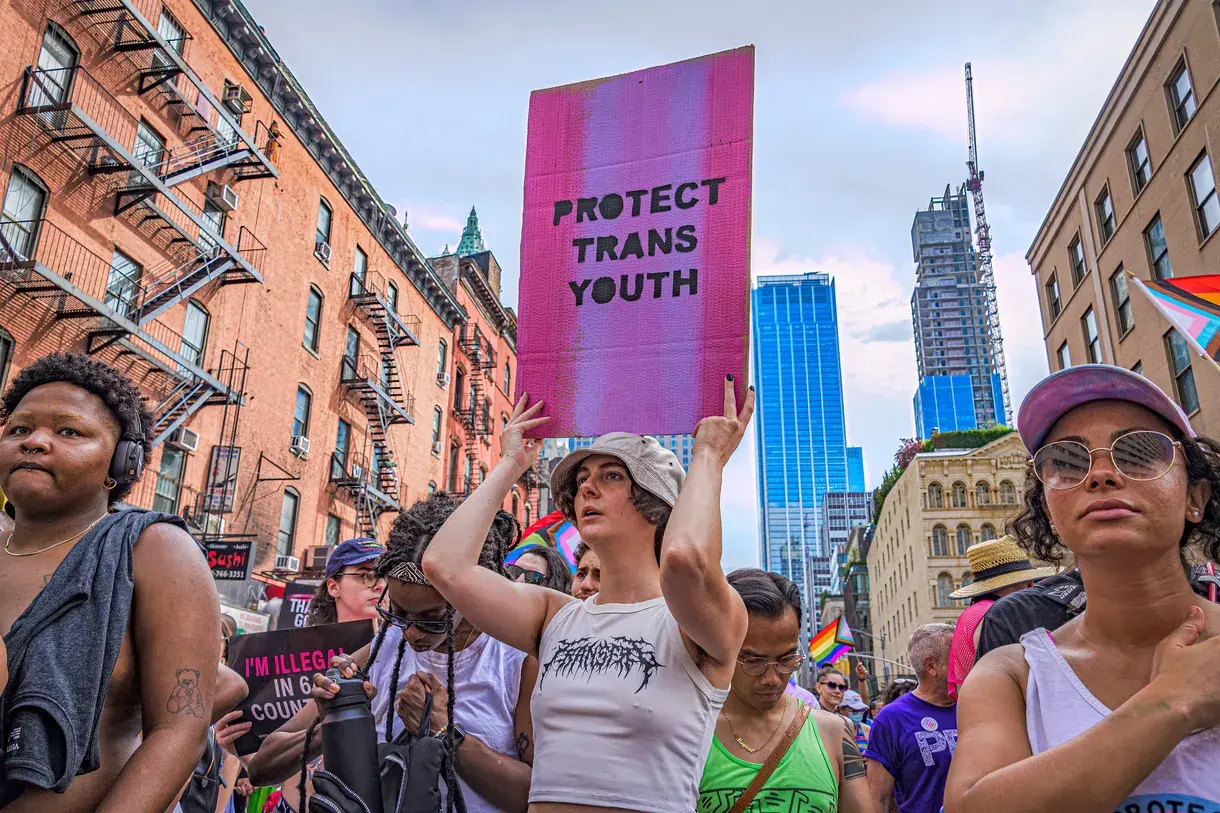www.nbclosangeles.com
Laurie Kellman, Rebecca Santana, David Koenig
10 - 12 minutes
Seeking a valid U.S. passport for that 2023 trip? Buckle up, wishful traveler, for a very different journey before you step anywhere near an airport.
A much-feared backup of U.S passport applications has smashed into a wall of government bureaucracy as worldwide travel rebounds toward record pre-pandemic levels — with too few humans to handle the load. The result, say aspiring travelers in the U.S. and around the world, is a maddening pre-travel purgatory defined, at best, by costly uncertainty.
With family dreams and big money on the line, passport seekers describe a slow-motion agony of waiting, worrying, holding the line, refreshing the screen, complaining to Congress, paying extra fees and following incorrect directions. Some applicants are buying additional plane tickets to snag in-process passports where they sit — in other cities — in time to make the flights they booked in the first place.
So grim is the outlook that U.S. officials aren't even denying the problem or predicting when it will ease. They're blaming the epic wait times on lingering pandemic-related staffing shortages and a pause of online processing this year. That’s left the passport agency flooded with a record-busting 500,000 applications a week. The deluge is on-track to top last year’s 22 million passports issued, the State Department says.
Stories from applicants and interviews by The Associated Press depict a system of crisis management, in which the agencies are prioritizing urgent cases such as applicants traveling for reasons of “life or death” and those whose travel is only a few days off. For everyone else, the options are few and expensive.
So, 2023 traveler, if you still need a valid U.S. passport, prepare for an unplanned excursion into the nightmare zone.
‘PLENTY OF TIME’ TO ‘WE’LL STILL BE OK' TO BIG PROBLEMS
U.S. & World
News from around the country and around the globe
It was early March when Dallas-area florist Ginger Collier applied for four passports ahead of a family vacation at the end of June. The clerk, she said, estimated wait times at eight to 11 weeks. They'd have their passports a month before they needed them. "Plenty of time," Collier recalled thinking.
Then the State Department upped the wait time for a regular passport to as much as 13 weeks. “We'll still be okay,” she thought.
At T-minus two weeks to travel, this was her assessment: “I can’t sleep." This after months of calling, holding, pressing refresh on a website, trying her member of Congress — and stressing as the departure date loomed. Failure to obtain the family’s passports would mean losing $4,000, she said, as well as the chance to meet one of her sons in Italy after a study-abroad semester.
“My nerves are shot, because I may not be able to get to him,” she said. She calls the toll-free number every day, holds for as much as 90 minutes to be told — at best — that she might be able to get a required appointment at passport offices in other states.
“I can’t afford four more plane tickets anywhere in the United States to get a passport when I applied in plenty of time,” she said. “How about they just process my passports?”
THE AMERICAN GOVERNMENT HAS A CULPRIT: COVID
By March, concerned travelers began asking for answers and then demanding help, including from their representatives in the House and Senate, who widely reported at hearings this year that they were receiving more complaints from constituents on passport delays than any other issue.
The U.S. secretary of state had an answer, of a sort.
“With COVID, the bottom basically dropped out of the system,” Antony Blinken told a House subcommittee March 23. When demand for travel all but disappeared during the pandemic, he said, the government let contractors go and reassigned staff that had been dedicated to handling passports.
Around the same time, the government also halted an online renewal system "to make sure that we can fine tune it and improve it," Blinken said. He said the department is hiring agents as quickly as possible, opening more appointments and trying to address the crisis in other ways.
Passport applicants lit up social media groups, toll-free numbers and lawmakers' phone lines with questions, appeals for advice and cries for help. Facebook and WhatsApp groups bristled with reports of bewilderment and fury. Reddit published eye-watering diaries, some more than 1,000 words long, of application dates, deposits submitted, contacts made, time on hold, money spent and appeals for advice.
It was 1952 when a law required, for the first time, passports for every U.S. traveler abroad, even in peacetime. Now, passports are processed at centers around the country and printed at secure facilities in Washington, D.C. and Mississippi, according to the Government Printing Office.
But the number of Americans holding valid U.S. passports has grown at roughly 10% faster than the population over the past three decades, according to Jay Zagorsky, an economist at Boston University's Questrom School of Business.
After passport delays derailed his own plans to travel to London earlier this year, Zagorsky found that the number of U.S. passports per American has soared from about three per 100 people in 1989 to nearly 46 per 100 people in 2022. Americans, it turns out, are on the move.
“As a society gets richer," says Zagorsky, "the people in that society say, ‘I want to visit the rest of the world.'”
FOR AMERICANS AND OTHERS ABROAD, IT'S NO PICNIC EITHER
At U.S. consulates overseas, the quest for U.S. visas and passports isn't much brighter.
On a day in June, people in New Delhi could expect to wait 451 days for a visa interview, according to the website. Those in Sao Paulo could plan on waiting more than 600 days. Aspiring travelers in Mexico City were waiting about 750 days; in Bogota, Colombia, it was 801 days.
In Israel, the need is especially acute. More than 200,000 people with citizenship in both countries live in Israel. It's one appointment per person, even for newborns, who must have both parents involved in the process, before traveling to the United States.
Batsheva Gutterman started looking for three appointments immediately after she had a baby in December, with an eye toward attending a family celebration in July, in Raleigh, N.C.
Her quest for three passports stretched from January to June, days before travel. And it only resolved after Gutterman payed a small fee to join a WhatsApp group that alerted her to new appointments, which stay available for only a few seconds. She ultimately got three appointments on three consecutive days — bureaucracy embodied.
“We had to drive the entire family with three small children, an hour-and-a-half to Tel Aviv three days in a row, taking off work and school,” she said. “This makes me incredibly uneasy having a baby in Israel as an American citizen, knowing there is no way I can fly with that baby until we get lucky with an appointment.”
Recently, there appeared to be some progress. The wait for an appointment for a renewed U.S. passport stood at 360 days on June 8. On July 2, the wait was down to 90 days, according to the web site.
FRUSTRATING TALES EMERGE FROM THE TRENCHES
Back in the U.S., Marni Larsen of Holladay, Utah, stood in line in Los Angeles, California, on June 14, in hopes of snagging her son's passport. That way, she hoped, the pair could meet the rest of their family, who had already left as scheduled for Europe, for a long-planned vacation.
She'd applied for her son's passport two months earlier and spent weeks checking for updates online or through a frustrating call system. As the mid-June vacation loomed, Larsen reached out to Sen. Mitt Romney ’s office, where one of four people he says is assigned full-time to passport issues were able to track down the document in New Orleans.
It was supposed to be shipped to Los Angeles, where she got an appointment to retrieve it. That meant Larsen had to buy new tickets for herself and her son to Los Angeles and reroute their trip from their to Rome. All on a bet that her son's passport was indeed shipped as promised.
“We are just waiting in this massive line of tons of people,” Larsen said. “It’s just been a nightmare.”
They succeeded. But not everyone has been so lucky.
Miranda Richter applied in person to renew passports for herself and her husband, as well as apply a new one on Feb. 9 for a trip with their neighbors to Croatia on June 6. She ended up canceling, losing more than $1,000.
Her timeline went like this: Passports for her husband and daughter arrived in 11 weeks, while Richter's photo was rejected. On May 4, she sent in a new one via priority mail. Then she paid a rush fee of $79, which was never charged to her credit card. Between May 30 and June 2, four days before travel, Richter and her husband spent more than 12 hours on the national passport line while also calling their congressman, senators and third-party couriers.
Finally, she showed up in person at the federal building in downtown Houston, 30 minutes before the passport office opened. Richter said there were at least 100 people in line.
“The security guard asked when is my appointment, and I burst out in tears,” she recalls. She couldn't get one. “It didn't work."
FINALLY: A HAPPY ENDING
“I just got my passports!” Ginger Collier texts.
She ended up showing up at the passport office in Dallas with her daughter-in-law at 6:30 a.m. and being sorted into groups and lined up against walls. Finally they were called to a window, where the agent was “super nice” and pulled all four of the family's applications — paperwork that had been sitting in the office since March 17. More than seven hours later, the two left the office with directions to pick up their passports the next day.
They did — with four days to spare.
“What a ridiculous process,” Collier says. Nevertheless, the reunion with her son in Italy was sweet. She texted last week: “It was the best hug ever!”









They had idiots like Kill Tony as guest speakers...